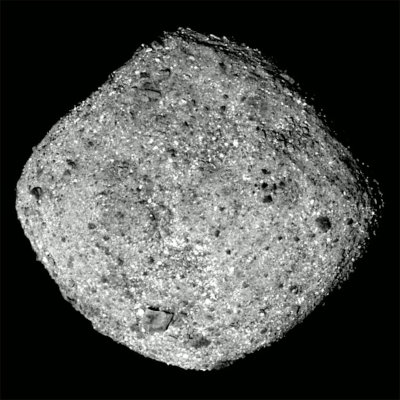Dinosaur-avenger anti-asteroid mission successfully launched by NASA (science news).
The world’s first full-scale mission to test technology for defending Earth against potential asteroid or comet hazards, NASA’s Double Asteroid Redirection Test (DART), launched Wednesday 24th November 2021 from Vandenberg Space Force Base on a SpaceX Falcon 9 rocket.
DART, which was created and is administered by the Johns Hopkins Applied Physics Laboratory in Laurel, Maryland, is part of NASA’s bigger planetary defence strategy. It will hit a known asteroid that is not a danger to Earth. Its purpose is to alter the asteroid’s speed just enough that ground-based telescopes can precisely measure it.
DART will demonstrate how a spacecraft may manoeuvre independently to a target asteroid and smash with it – a form of deflection known as kinetic impact. The results of the test will be used to better prepare for an asteroid that may pose a threat to Earth if one is ever detected. LICIACube, an Italian Space Agency CubeSat that will accompany DART, will be launched before to the collision to acquire photographs of the impact and the ejected matter cloud.
ESA’s (European Space Agency) Hera project will undertake extensive surveys of both asteroids around four years after DART’s collision, with a special emphasis on the crater formed by DART’s collision and a precise measurement of Dimorphos’ mass.
DART broke from the rocket’s second stage at 2:17 a.m. Mission controllers got the initial telemetry data from the spacecraft minutes later and began the process of aligning the spacecraft to a safe position for deploying its solar arrays. The spacecraft finished the successful unfurling of its two 28-foot-long roll-out solar arrays around two hours later. They’ll power the spacecraft as well as NASA’s Evolutionary Xenon Thruster – Commercial ion engine, which is one of many technologies being evaluated aboard DART for future space missions.
The Didymos asteroid system, which consists of two asteroids, is the destination of DART’s one-way voyage. The moonlet Dimorphos, which is around 530 feet in diameter, is DART’s target. Didymos is 2,560 feet in diameter, and the moonlet circles it.
The outcome of DART’s kinetic impact inside the binary system can be detected far more readily than a change in the orbit of a single asteroid around the Sun since Dimorphos circles Didymos at a significantly slower relative speed than the duo orbits the Sun.
Between September 26 and October 1, 2022, the spaceship will intersect the Didymos system, crashing into Dimorphos at a speed of around 4 miles per second. Dimorphos’ orbit around Didymos will be shortened by several minutes, according to scientists. Researchers will use Earth-based telescopes to carefully quantify the change. Their findings will be used to test and enhance scientific computer models used to forecast the efficiency of kinetic impact as an asteroid deflection strategy.
The Didymos Reconnaissance and Asteroid Camera for Optical Navigation (DRACO), DART’s solitary instrument, will switch on in a week and produce the spacecraft’s first photographs. DART will continue to circle the Sun just outside of Earth’s orbit for the next ten months, until Didymos and Dimorphos are just 6.8 million miles away.
The DART spacecraft will be able to detect and discriminate between the two asteroids thanks to a sophisticated guidance, navigation, and control system and algorithms known as Small-body Maneuvering Autonomous Real Time Navigation (SMART Nav). The spaceship will subsequently be directed toward Dimorphos by the system. All of this will happen within an hour after the hit.

